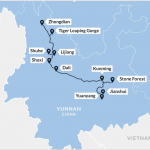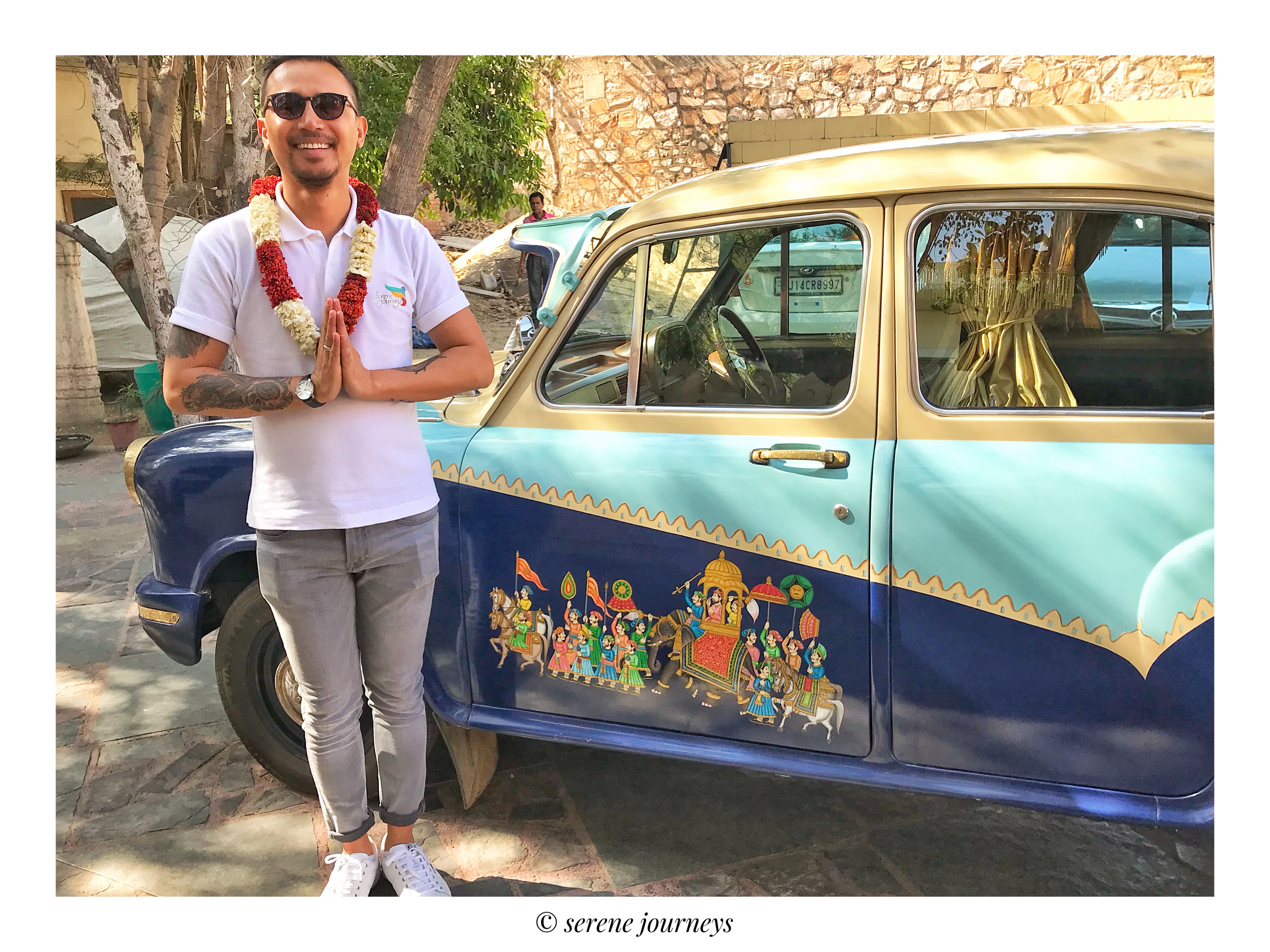
While Delhi is the capital and Agra the home of the Taj Mahal, Jaipur is by far and away the most stimulating vertex of the Golden Triangle. The film ‘Best Exotic Marigold Hotel’ was filmed near Jaipur and most will recall the character Evelyn Greenslade (Judy Dench) remarking that “India is an assault on the senses.” She meant it in a nice way.
Jaipur is known as the Pink City. In 1876, the Prince of Wales, later to become King Edward VII of the British Empire embarked on an extensive tour of India. Since pink denotes the color of hospitality, Maharaja Ram Singh of Jaipur painted the entire city pink in color to welcome His Royal Highness. The tradition has been followed through the years both inside and outside the walled historic center with every building being painted a terracotta pink with few exceptions.
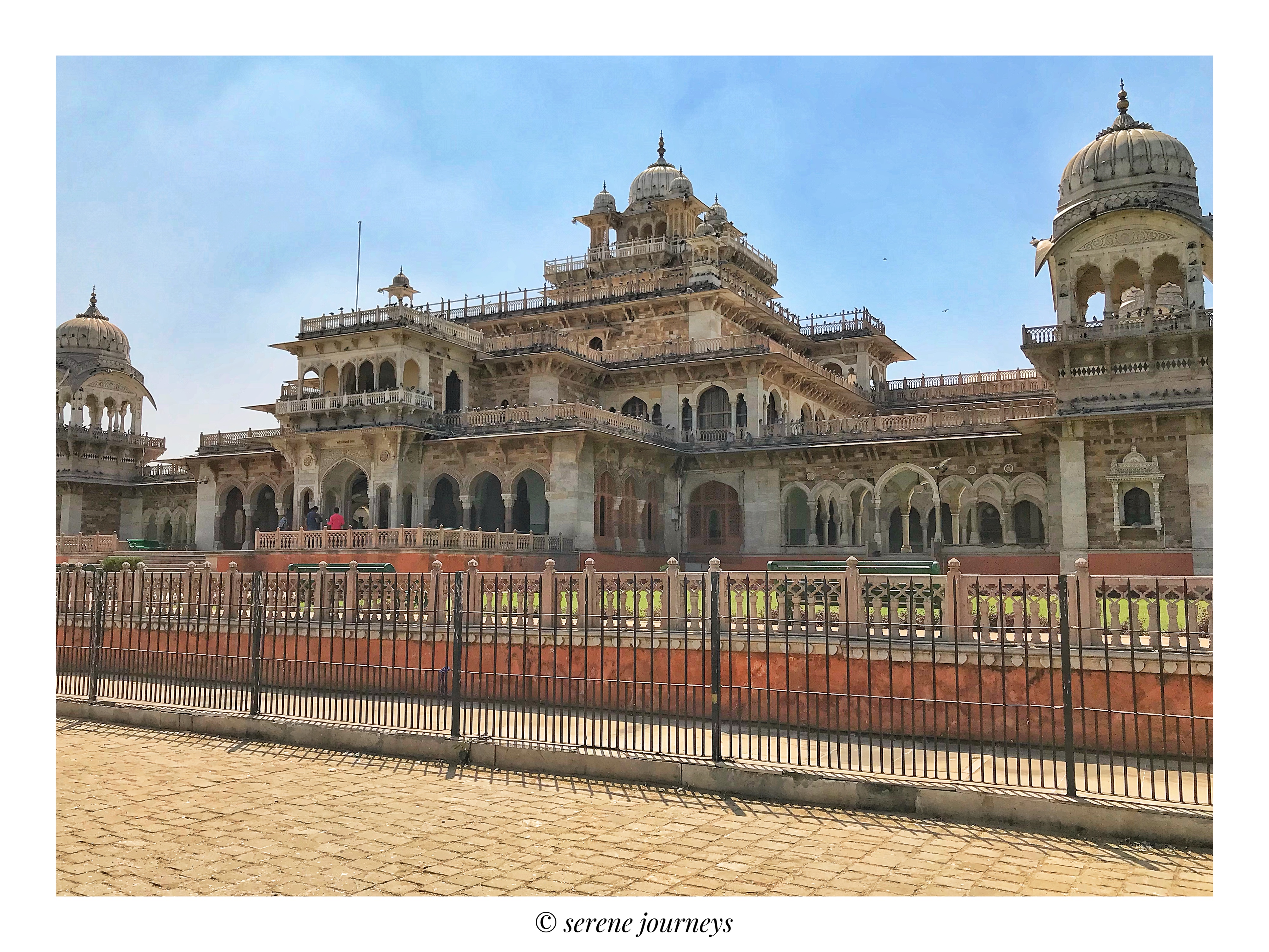
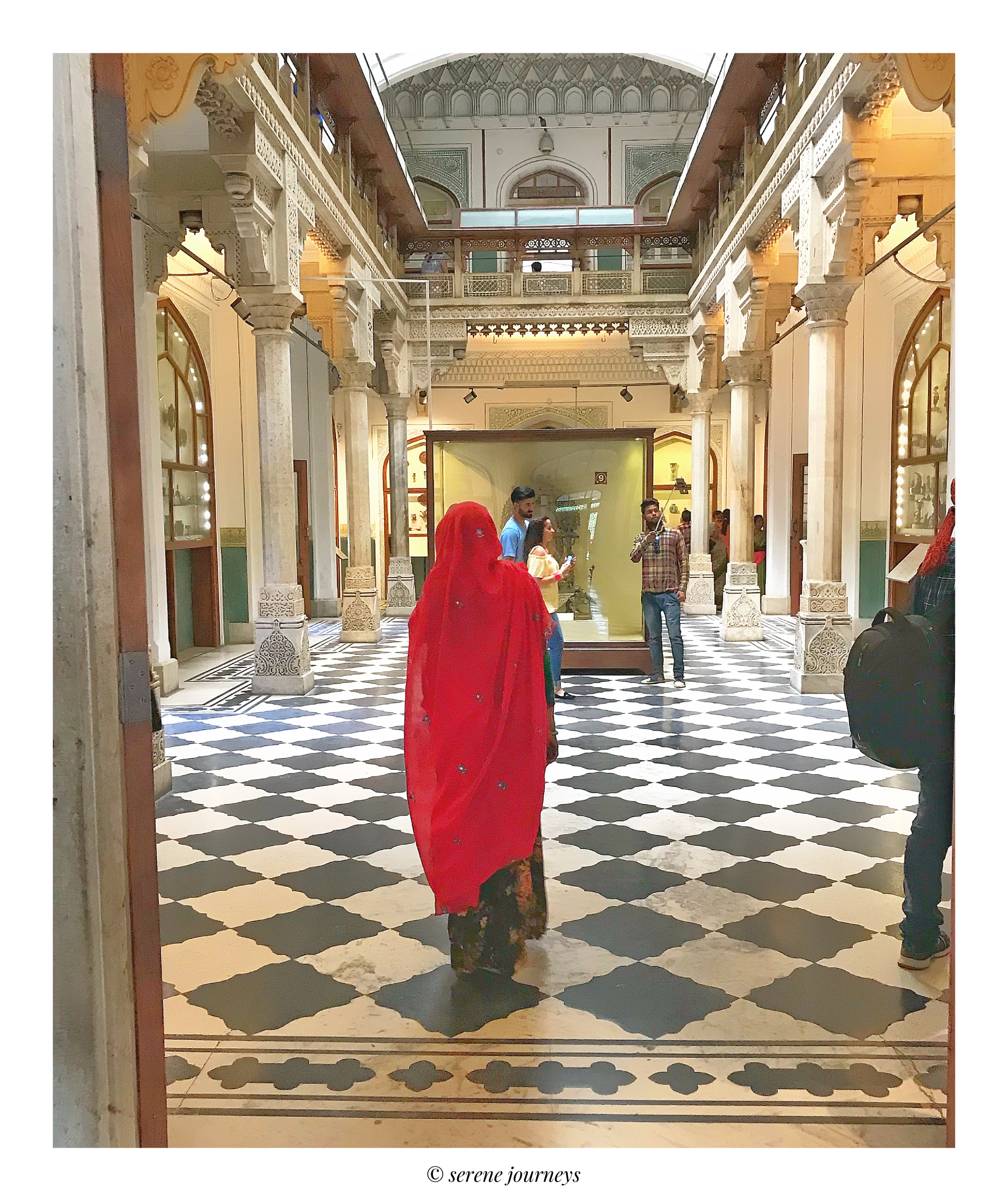
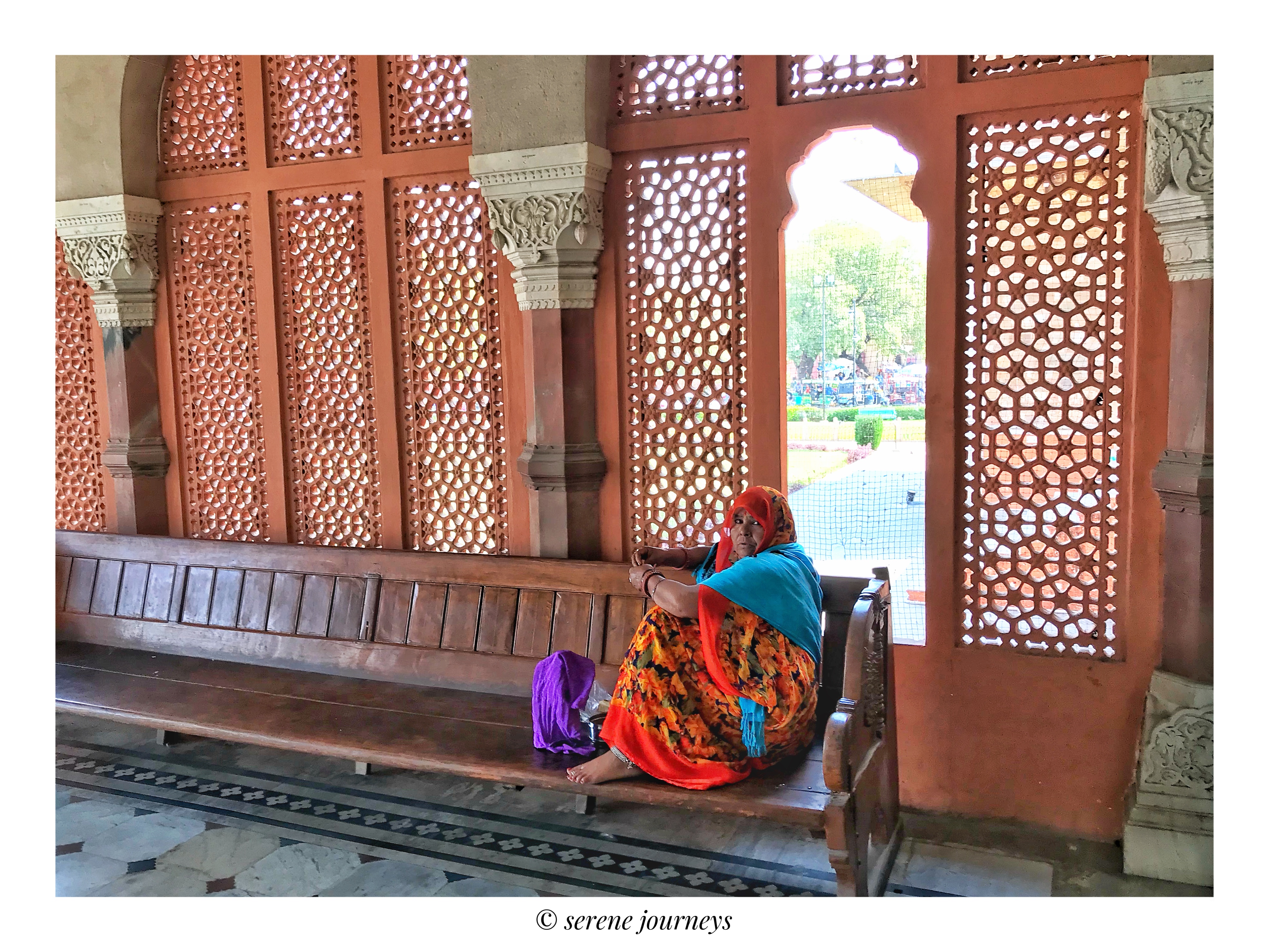

The Pink City is famous for its palaces and temples including the Hawa Mahal and its 953 windows used by women of the court to view the market screened behind the sandstone carving; the Amber Fort with its daily elephant entry procession; and the Water Palace that seems to sit atop the middle of Man Sagar Lake built by Maharaja Singh to provide a cool respite in the summer heat. These are jut a few of the many, many examples of 17th and 18th century architecture found in abundance in Jaipur.
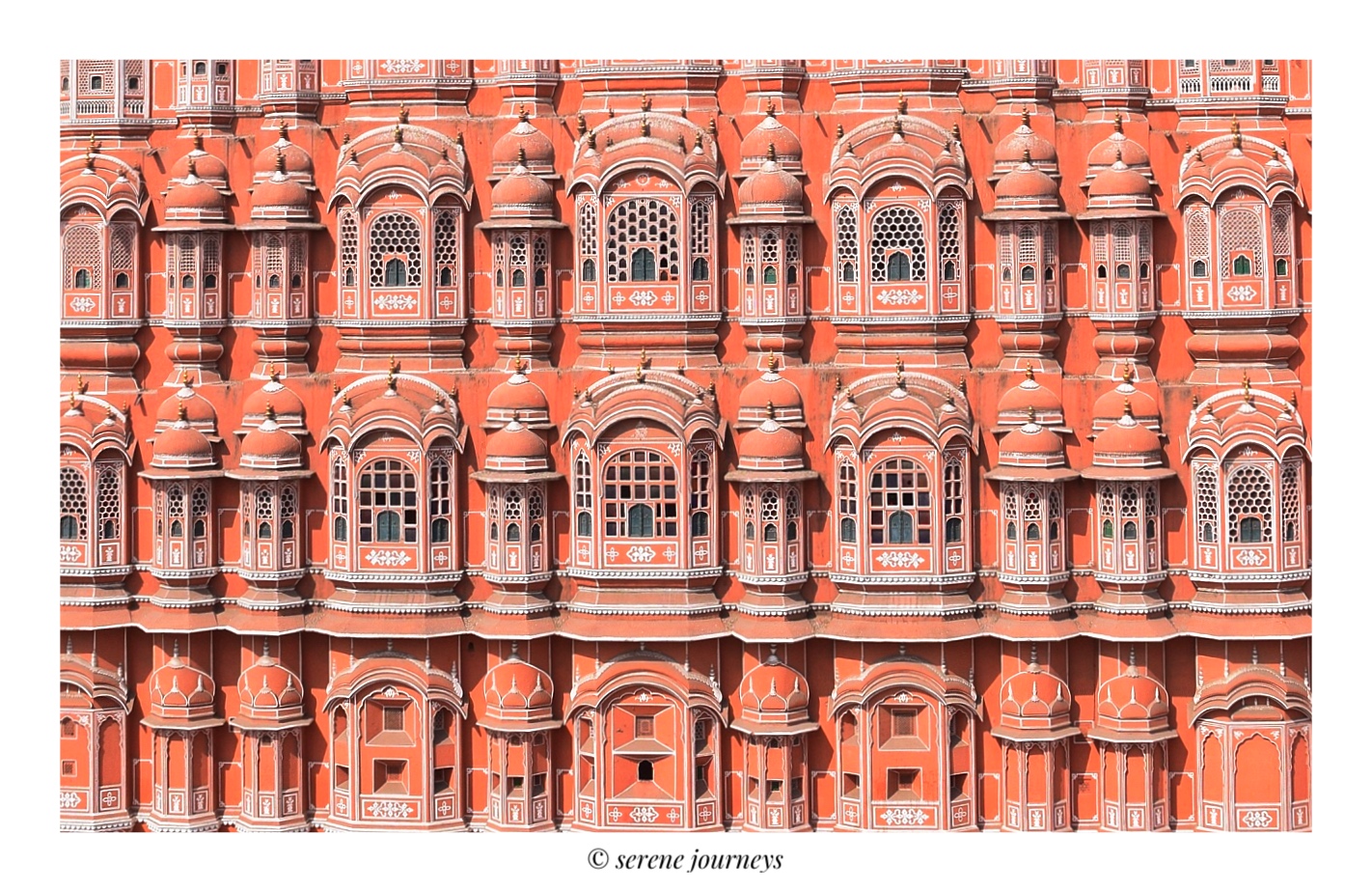
Rajasthan is a desert culture featuring a colorful, harmonious lifestyle with natural elements that can occasionally be challenging. In summer, while not as hot as Delhi or Agra, the temperature often climbs to more than 100 degrees Fahrenheit. Elephants, camels, horses and donkeys still perform various transport tasks. Rajasthani men wear sculpted mustaches and colorful, multifunctional turbans. Popular sports include cricket, golf and polo.
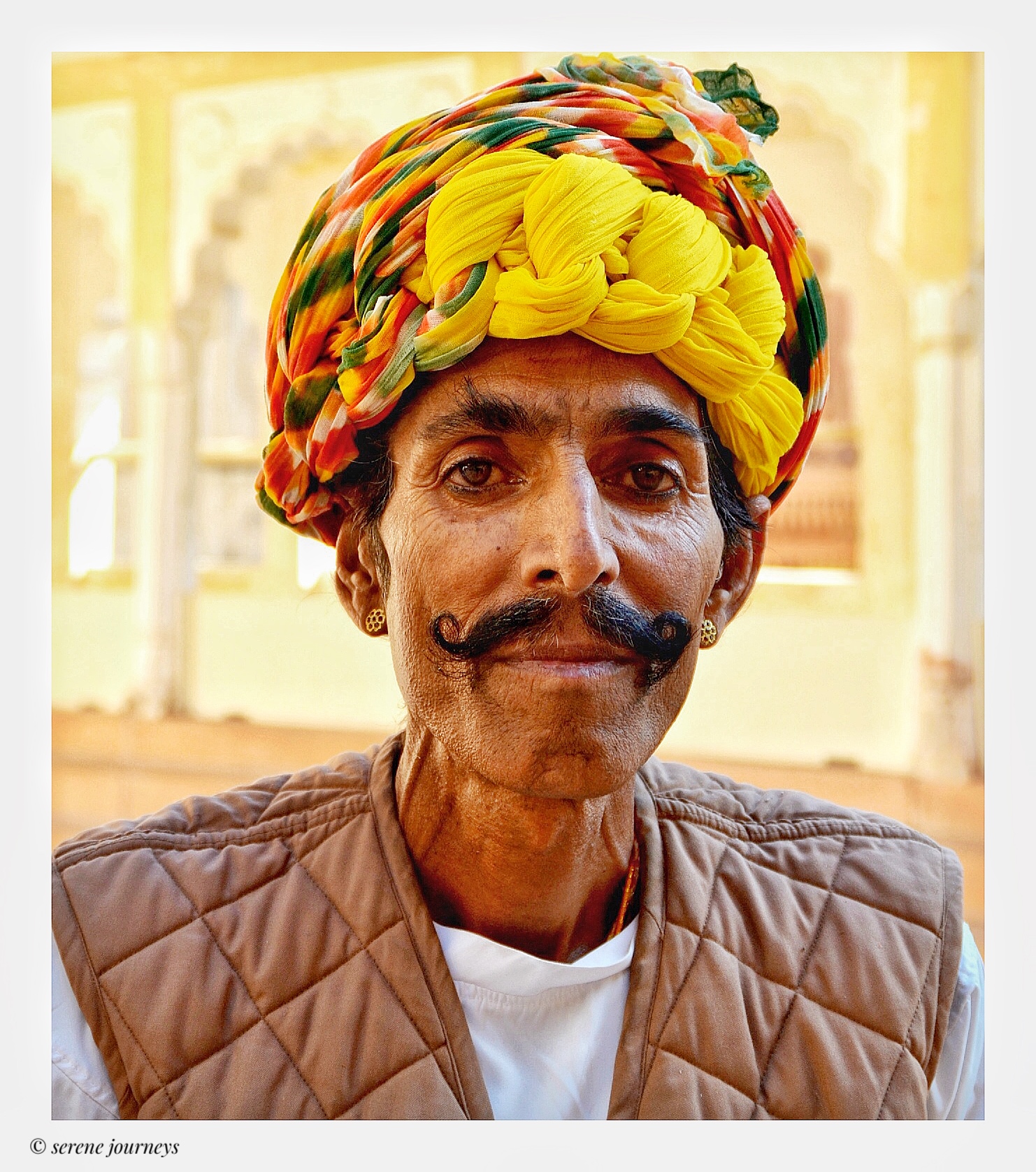
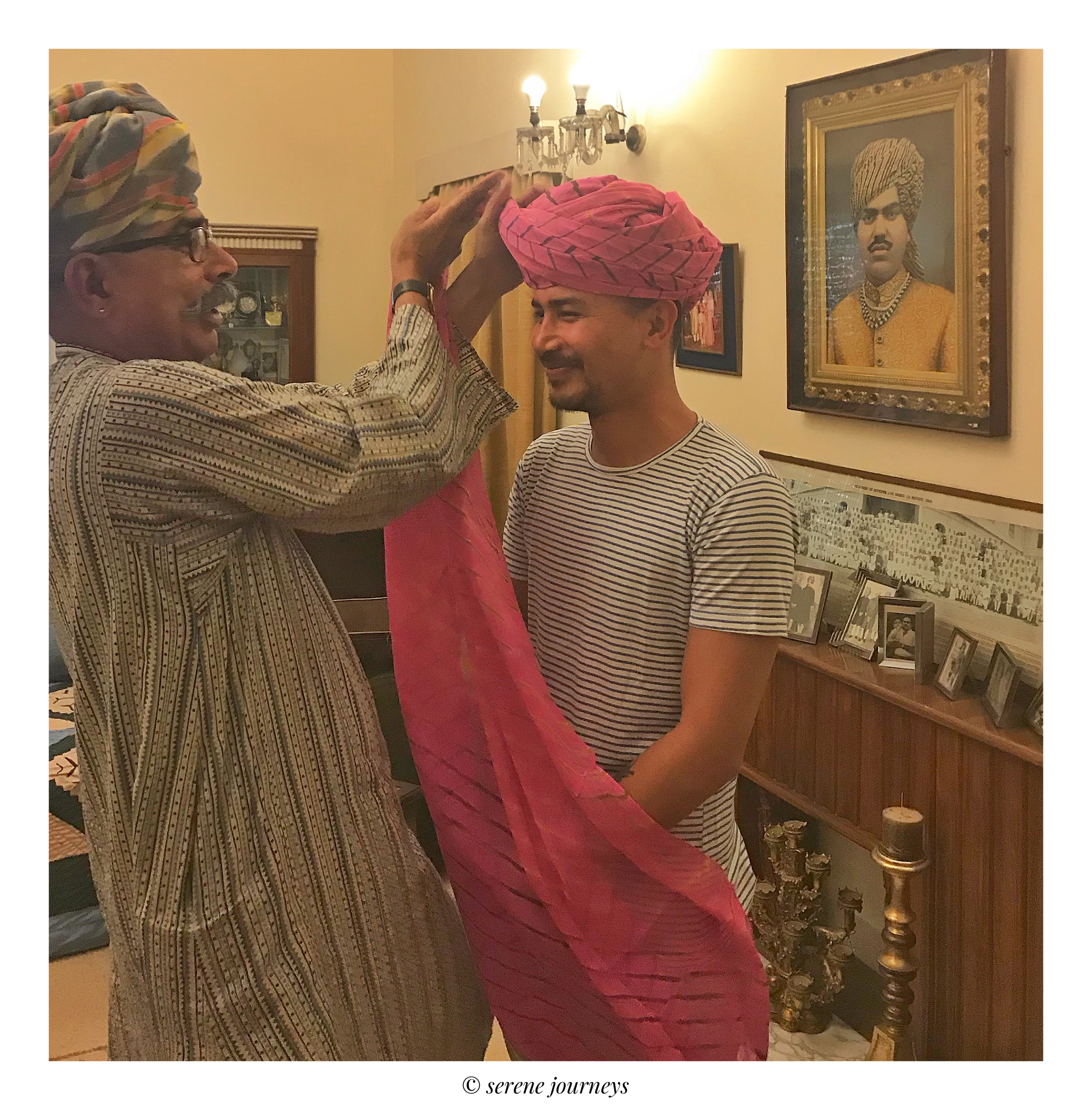
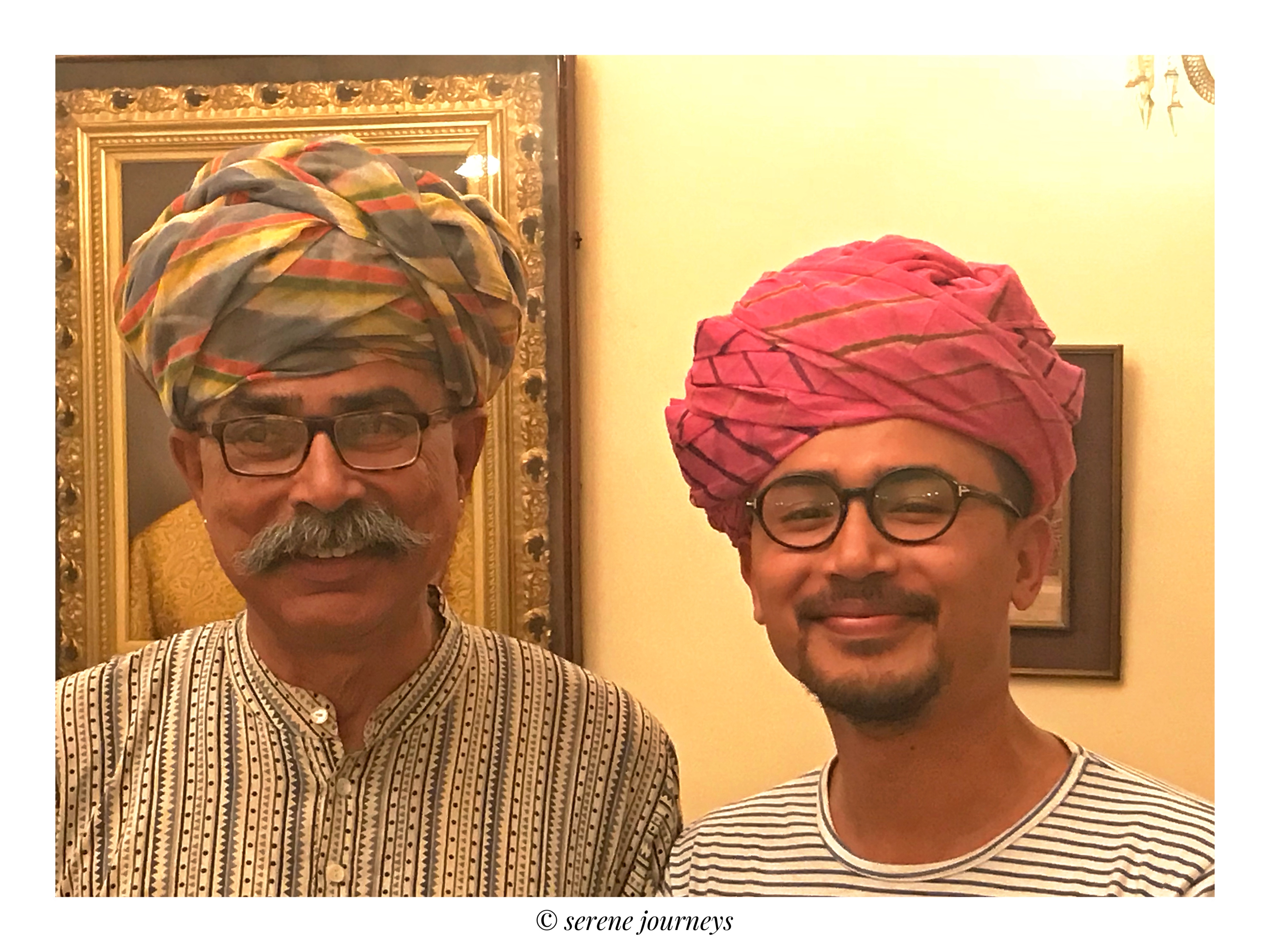
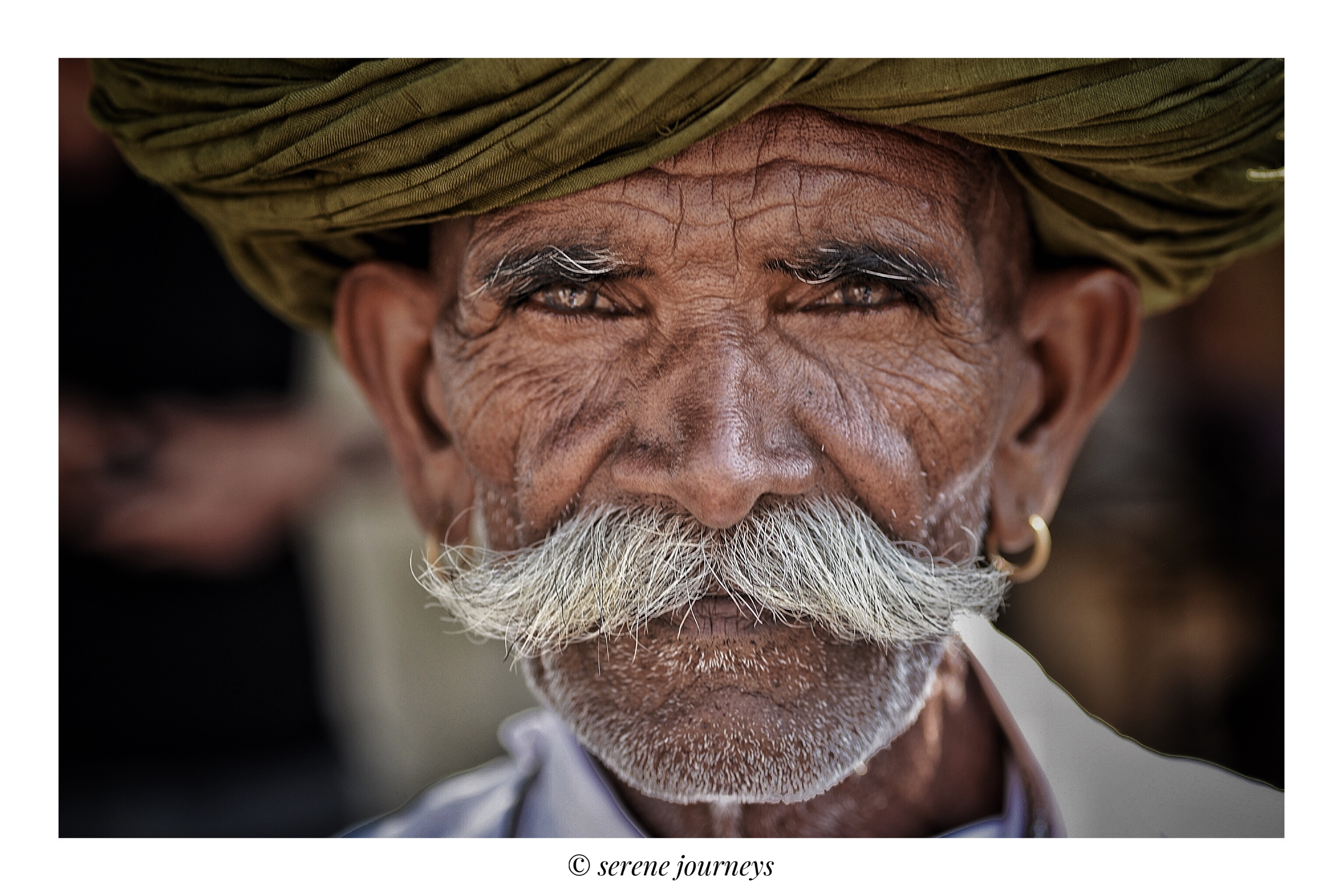
Jaipur is particularly noted for its arts and handicrafts especially marble carving, printed and woven fabrics and handwoven carpets. The markets from inside the walls of the old city to the outskirts are always busy with locals and tourists finding treasures and striking bargains.
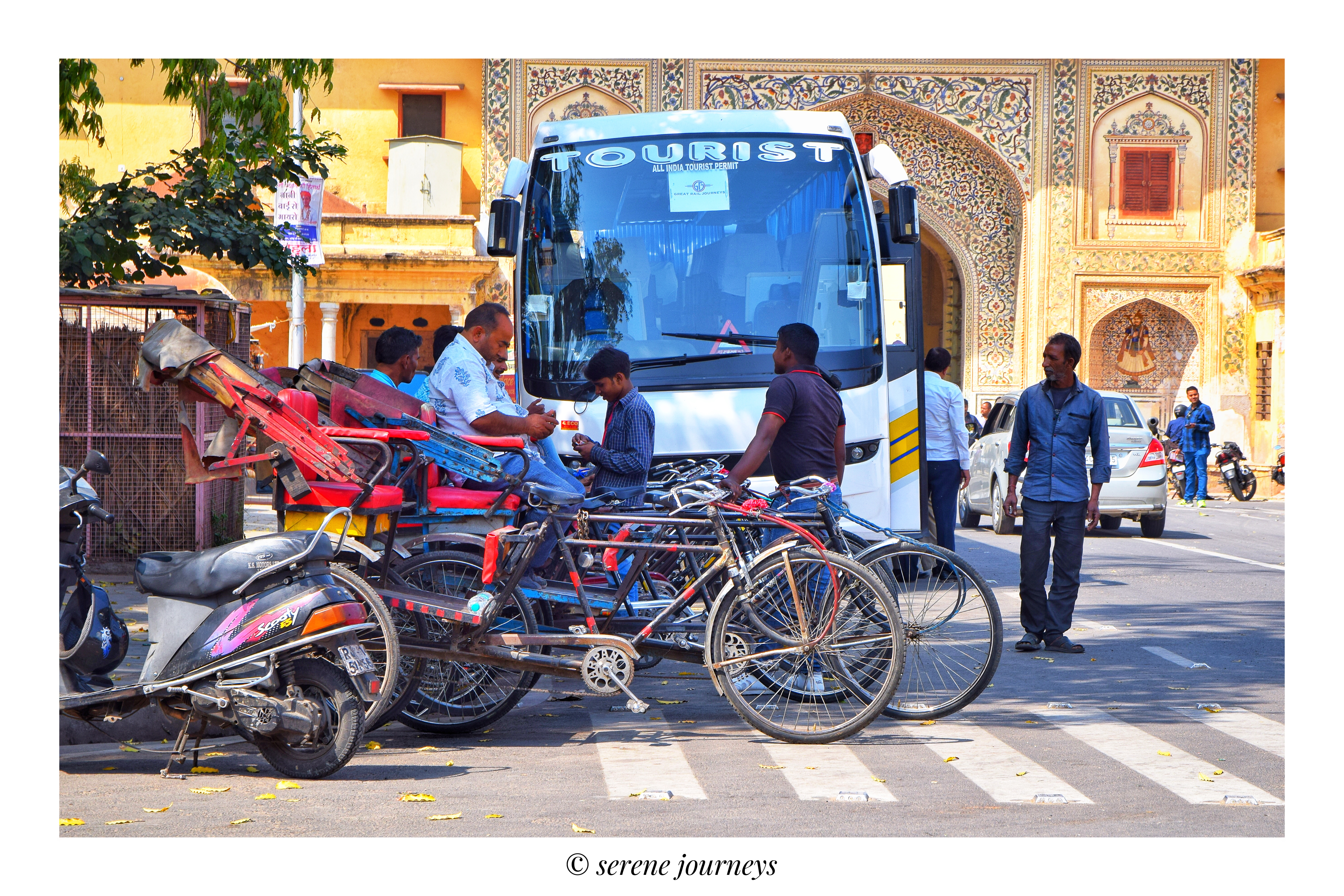
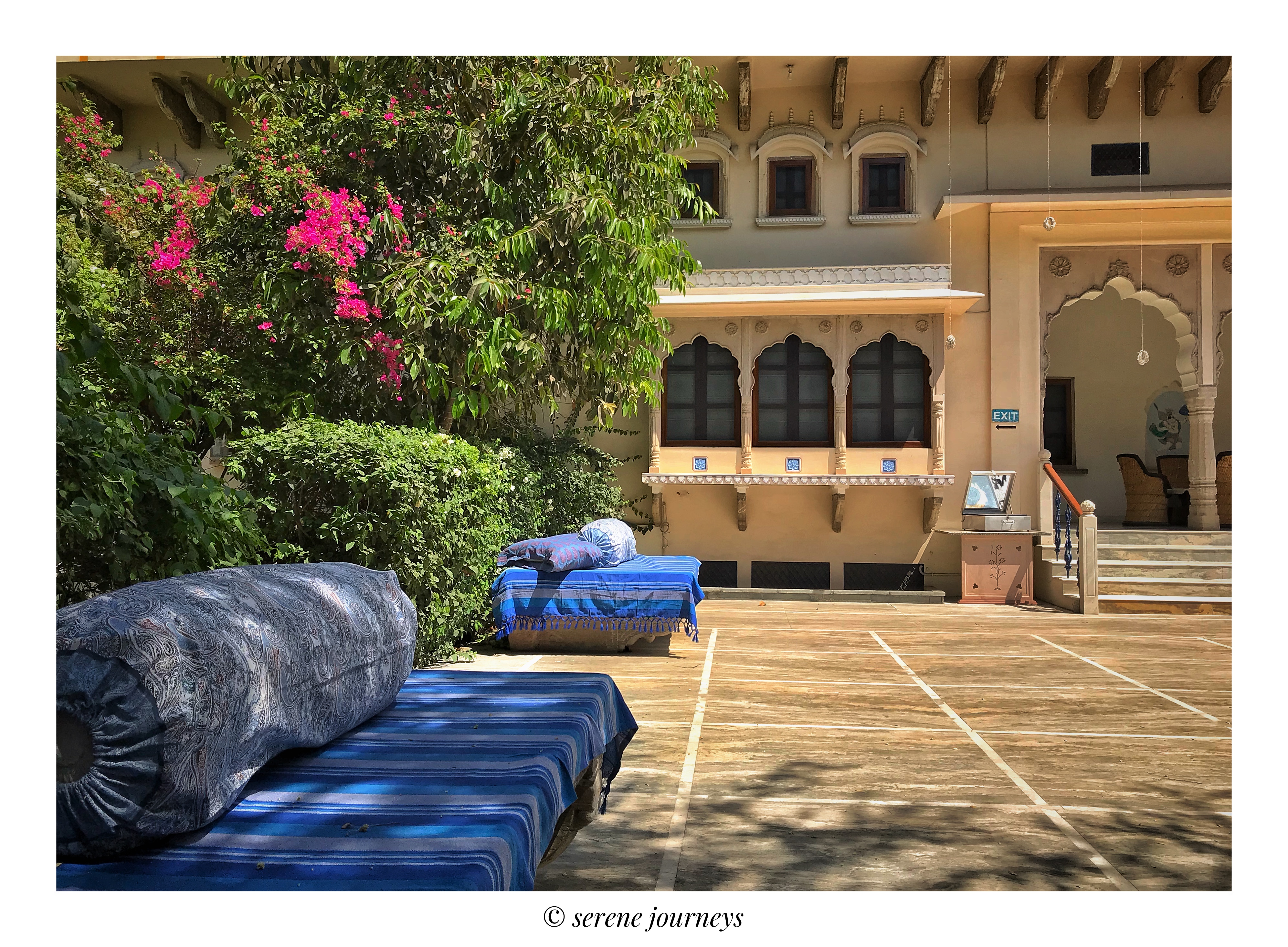
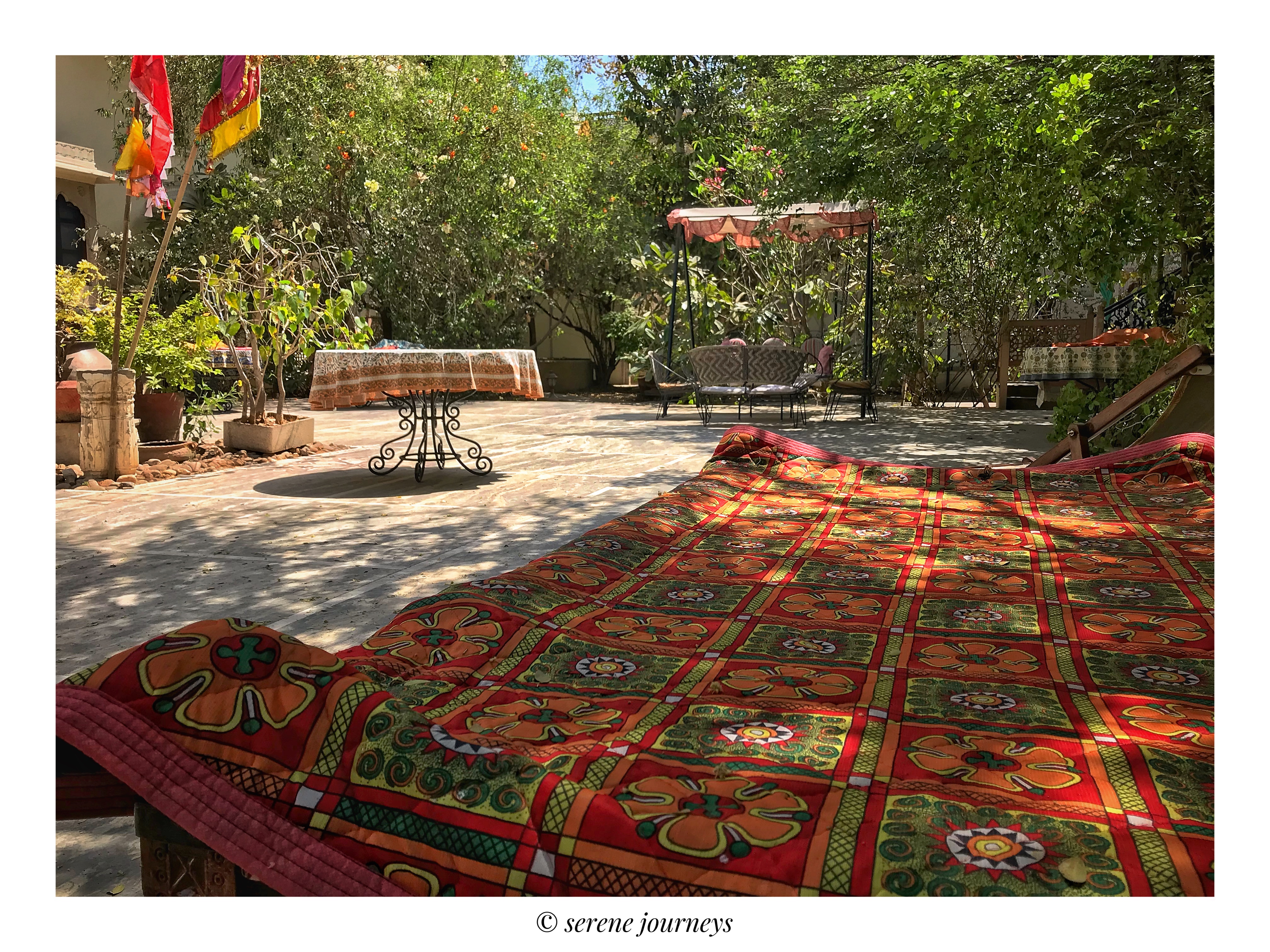
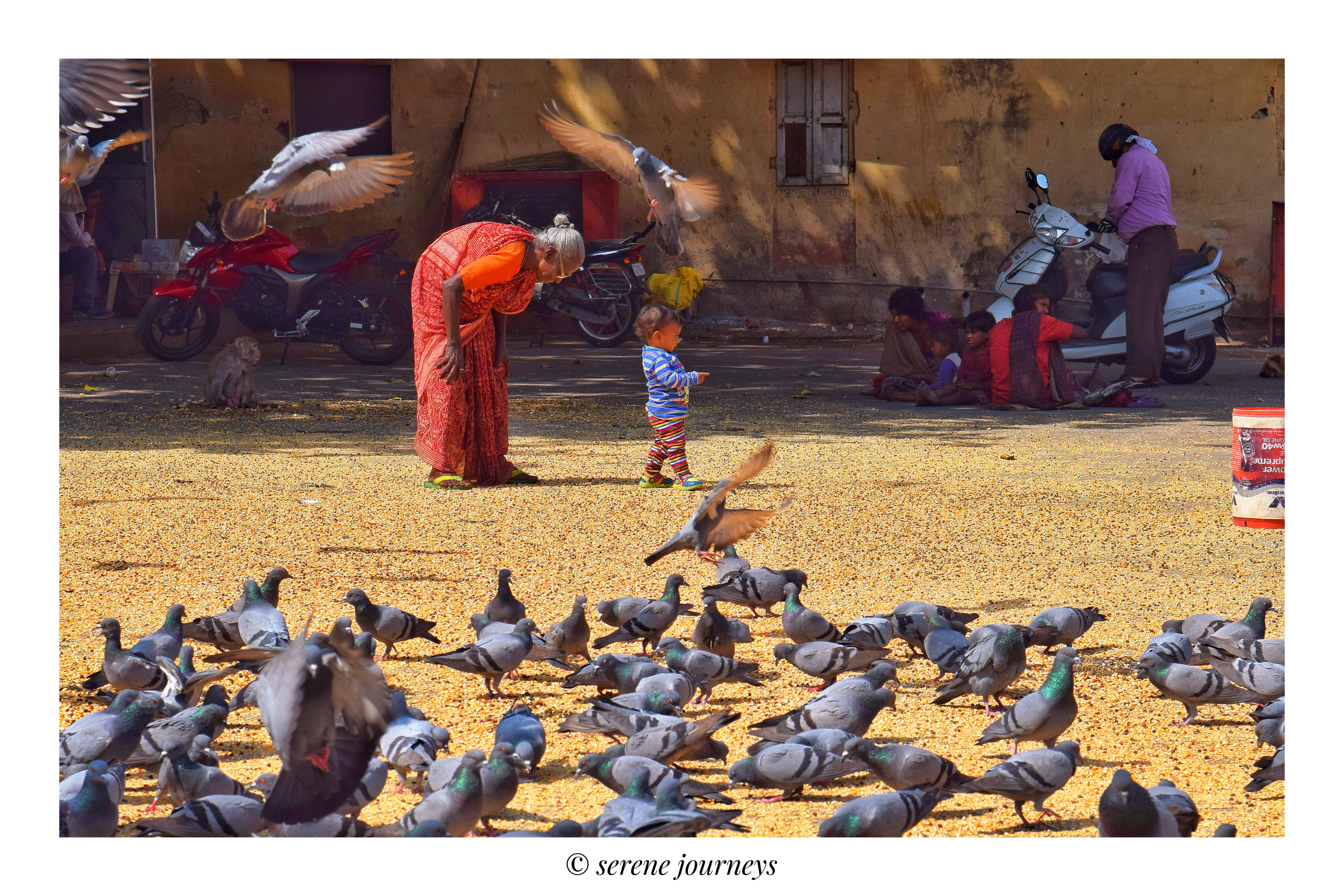
The culinary style of the region is reflective of the bellicose lifestyle of the natives. Rajasthani breads are made from corn, wheat, and other grains which are typically roasted on the tandoor or in frying pans. Unavailability of many fresh vegetables, and other ingredients due to the arid climate have a profound effect on cooking style including the use of mild and other water substitutes in cooking. Although predominantly a vegetarian region, the influence of the non-vegetarian Rajputs who favored lamb, chicken, pork and occasionally wild game is ever present. Be ready for flavor as Rajasthani cuisine is inherently rich in spices appealing to every palate.
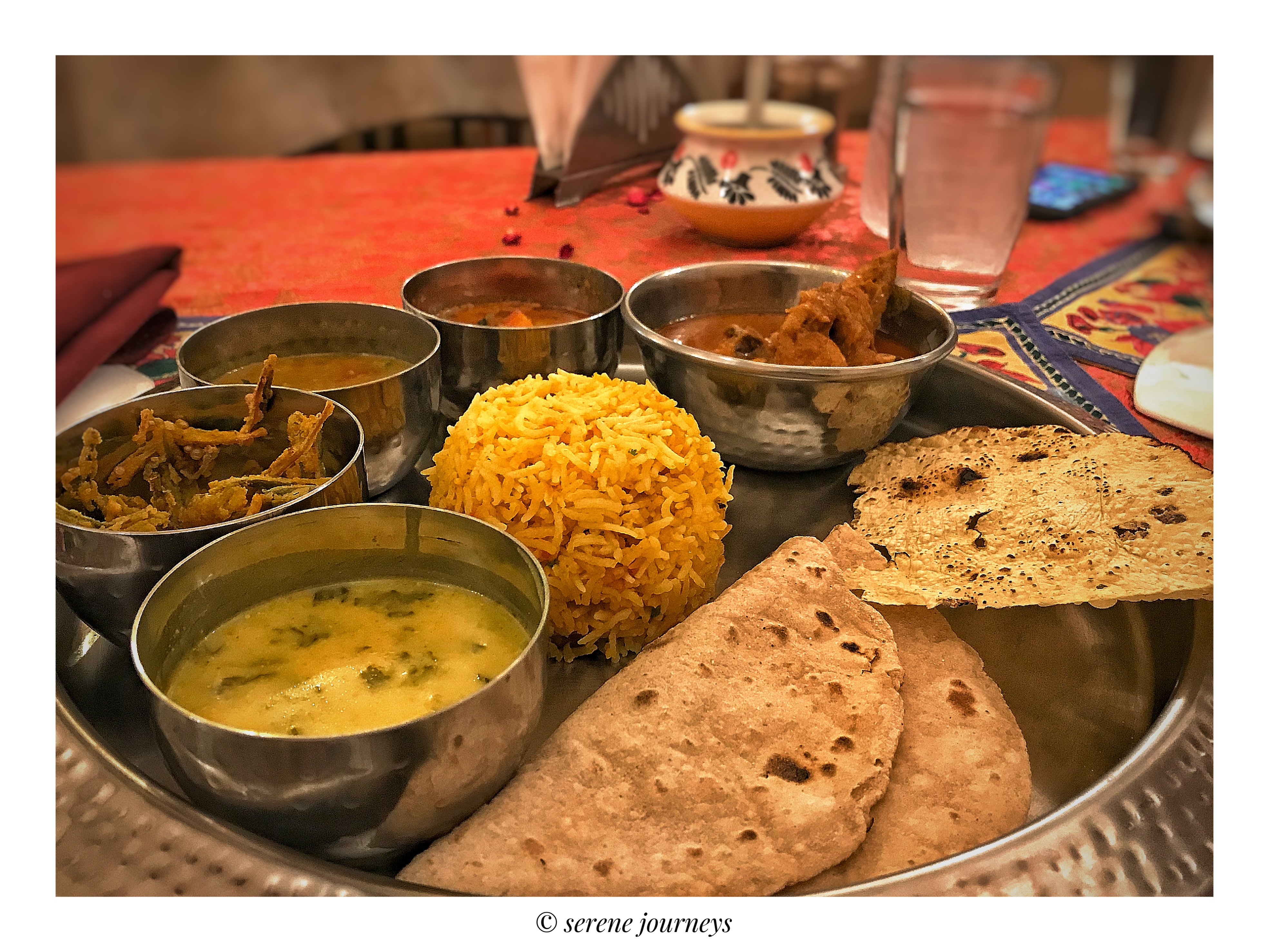
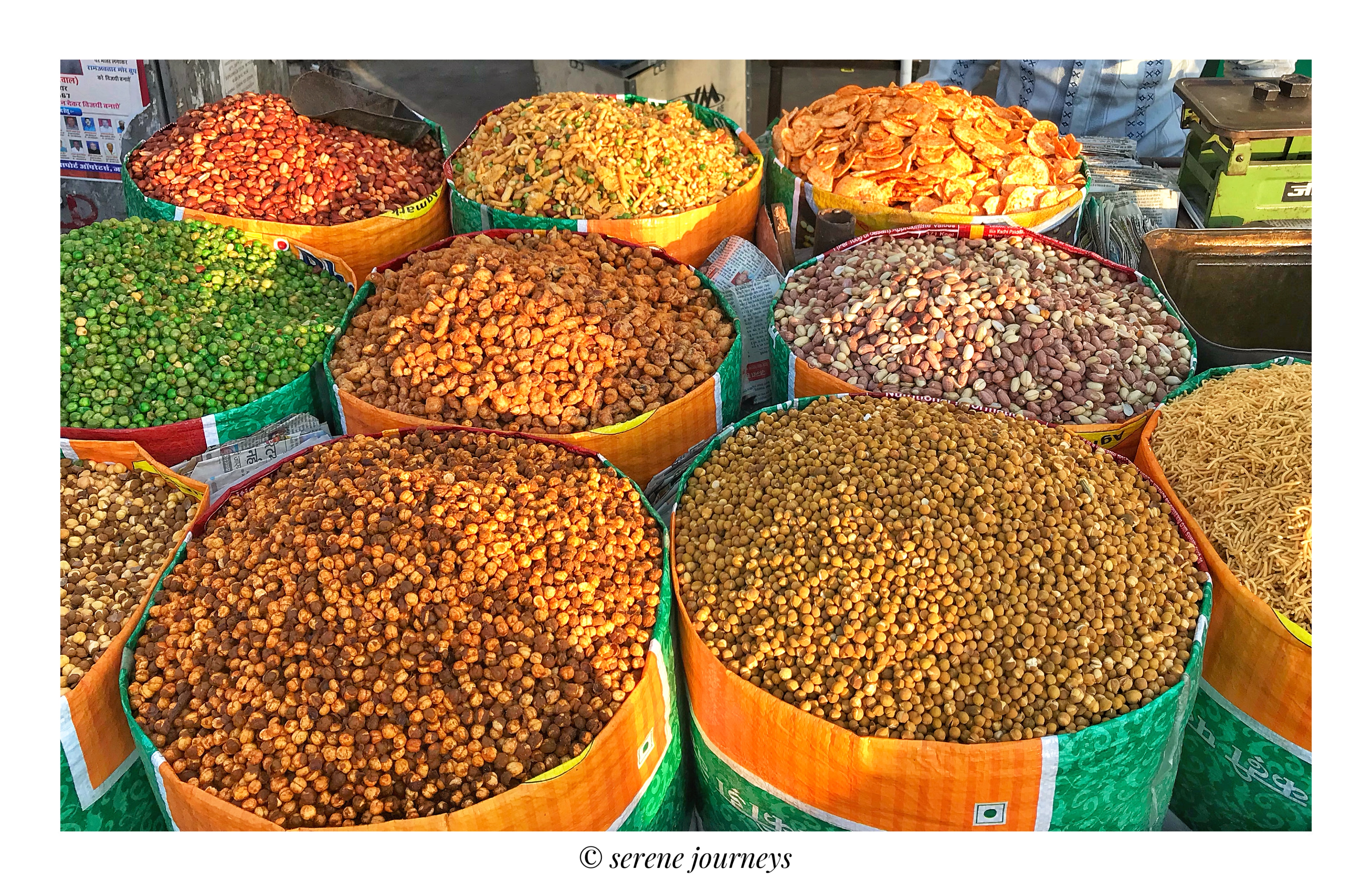
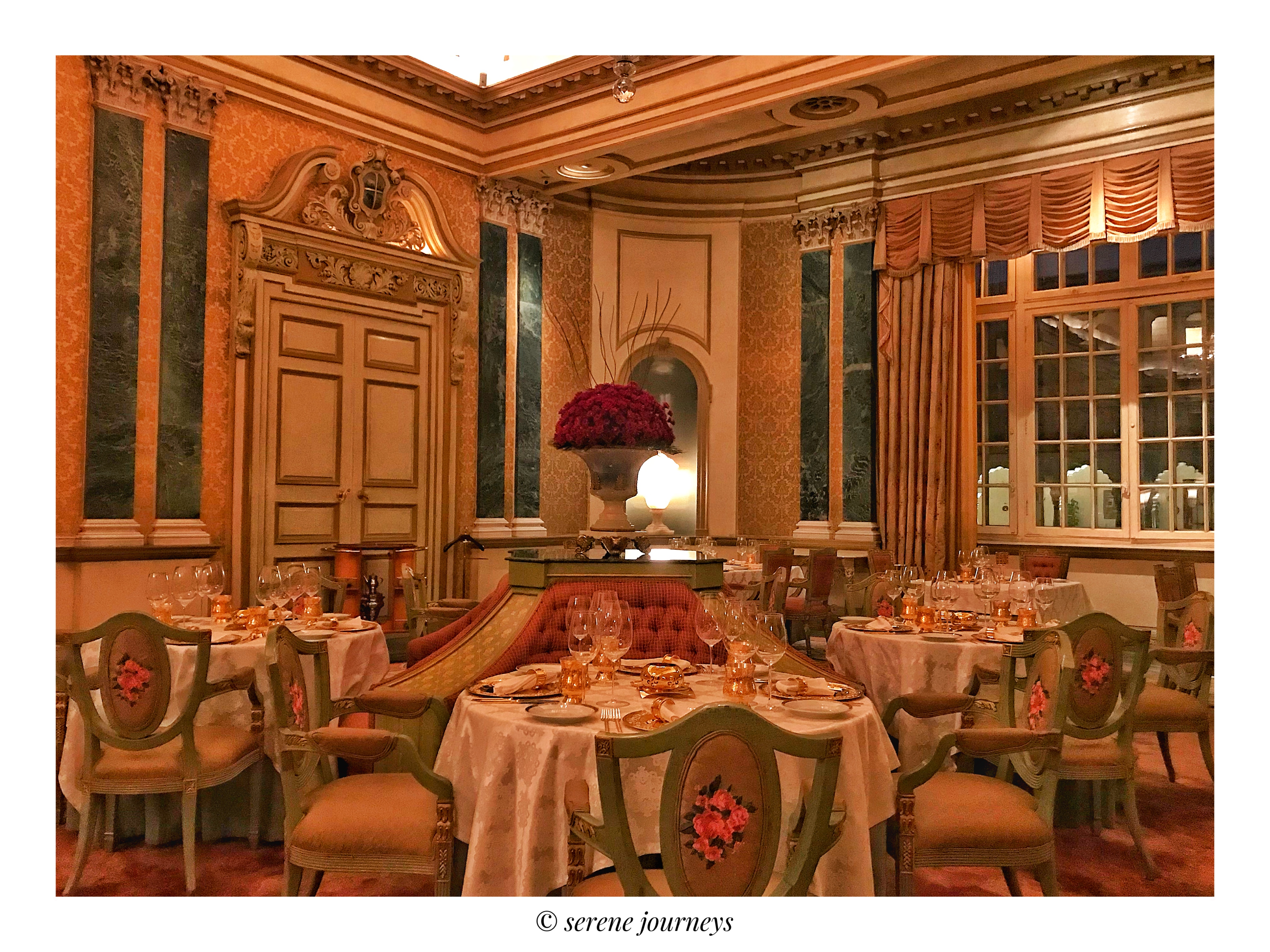
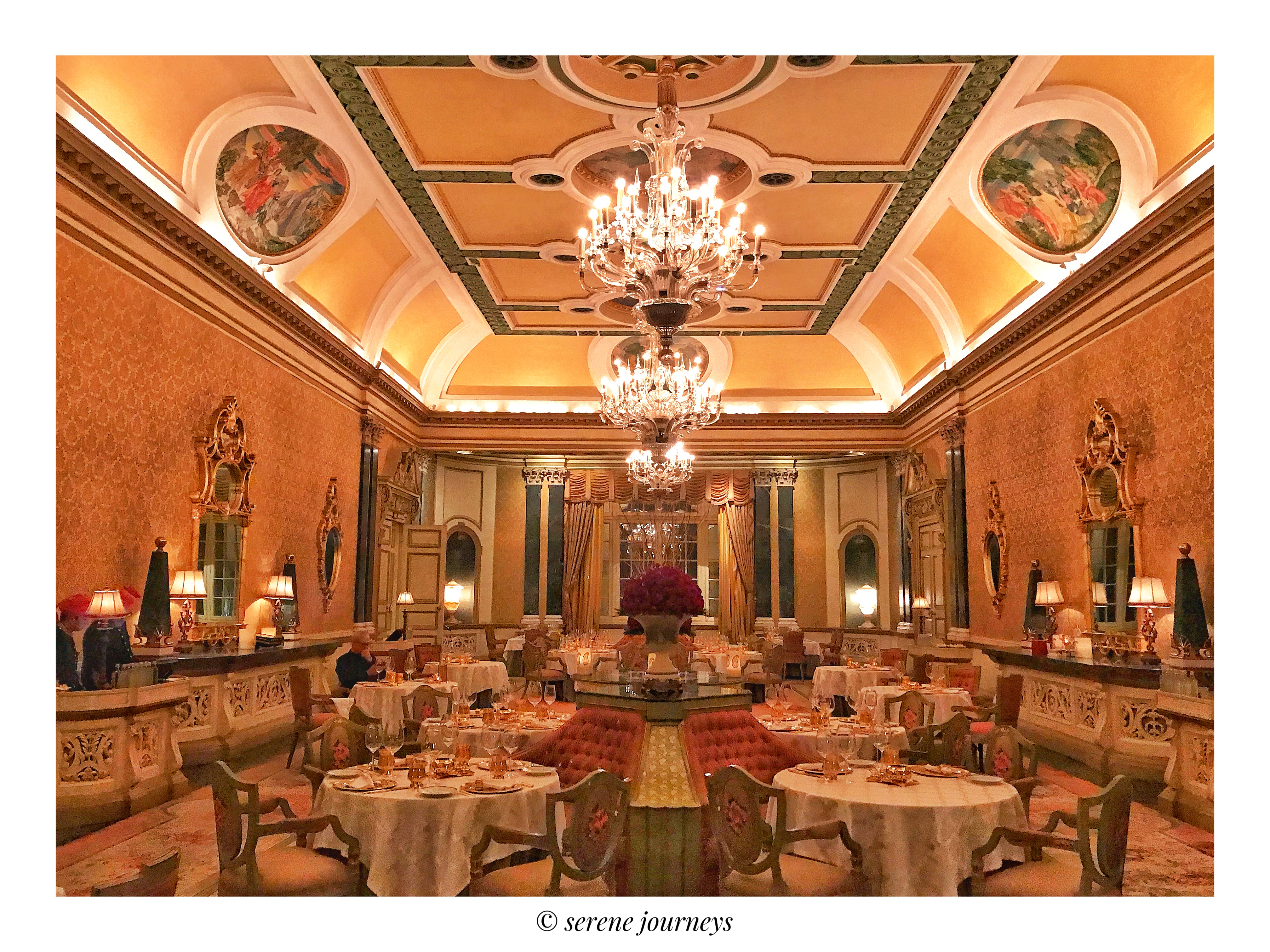
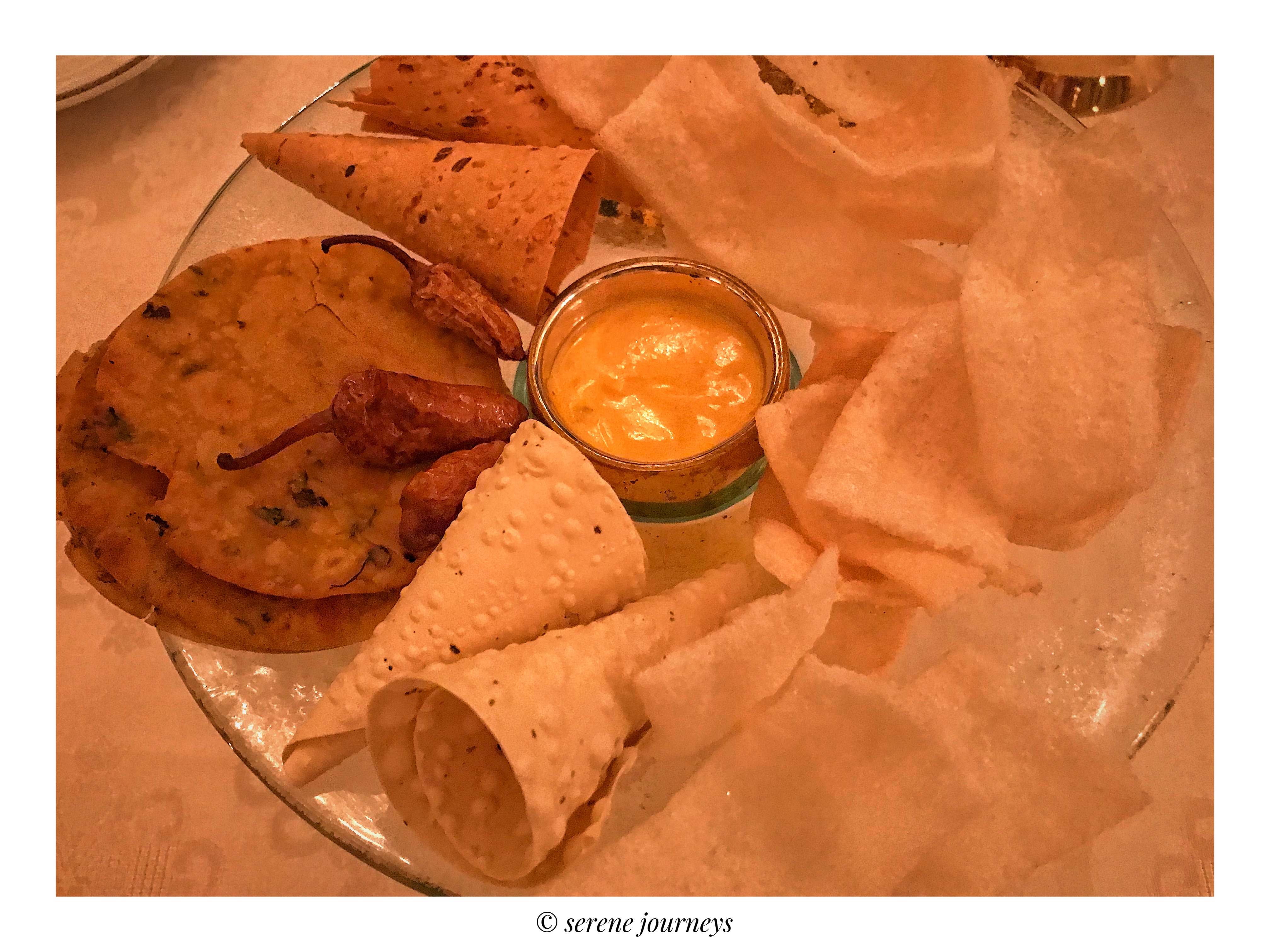
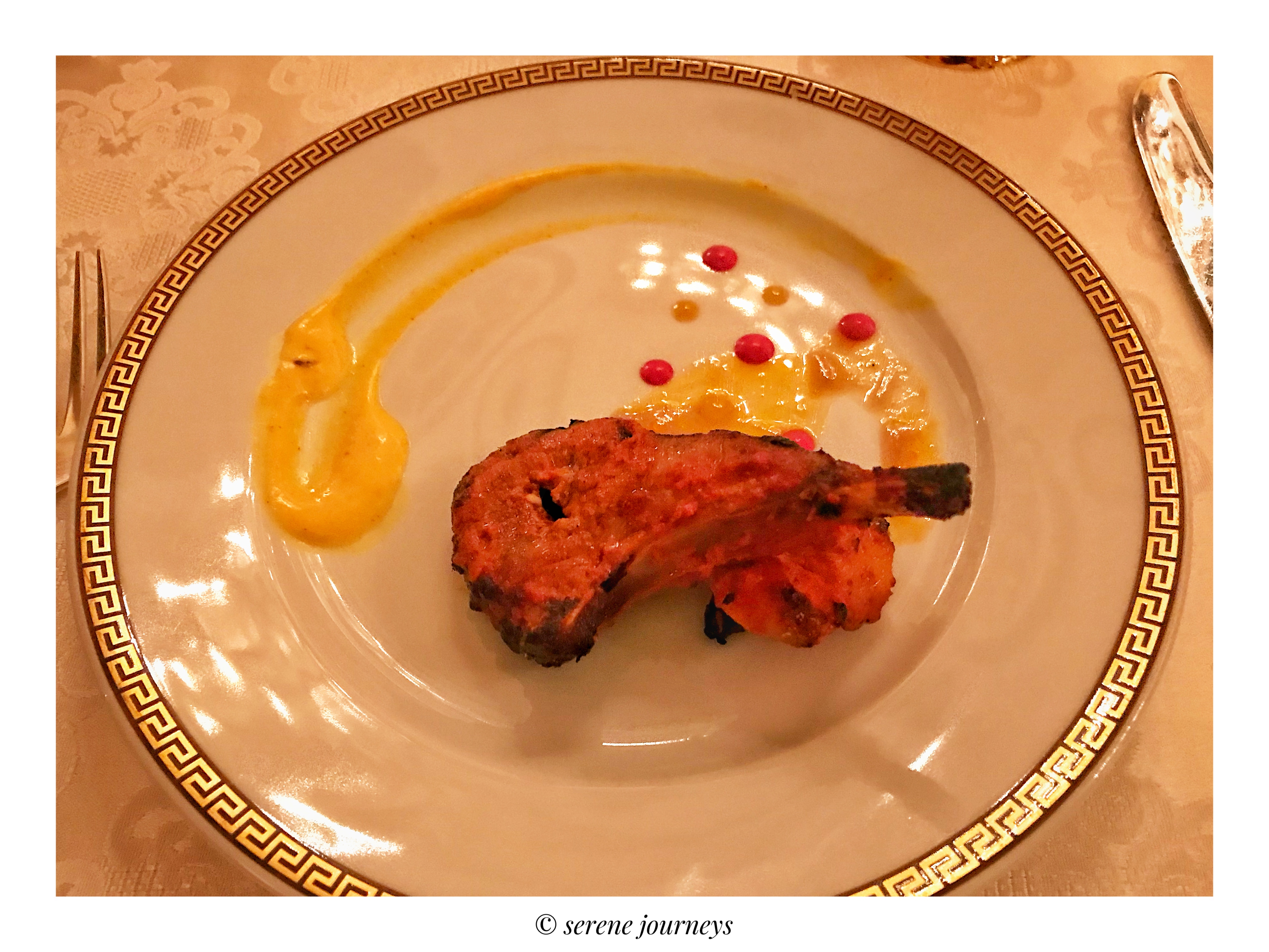
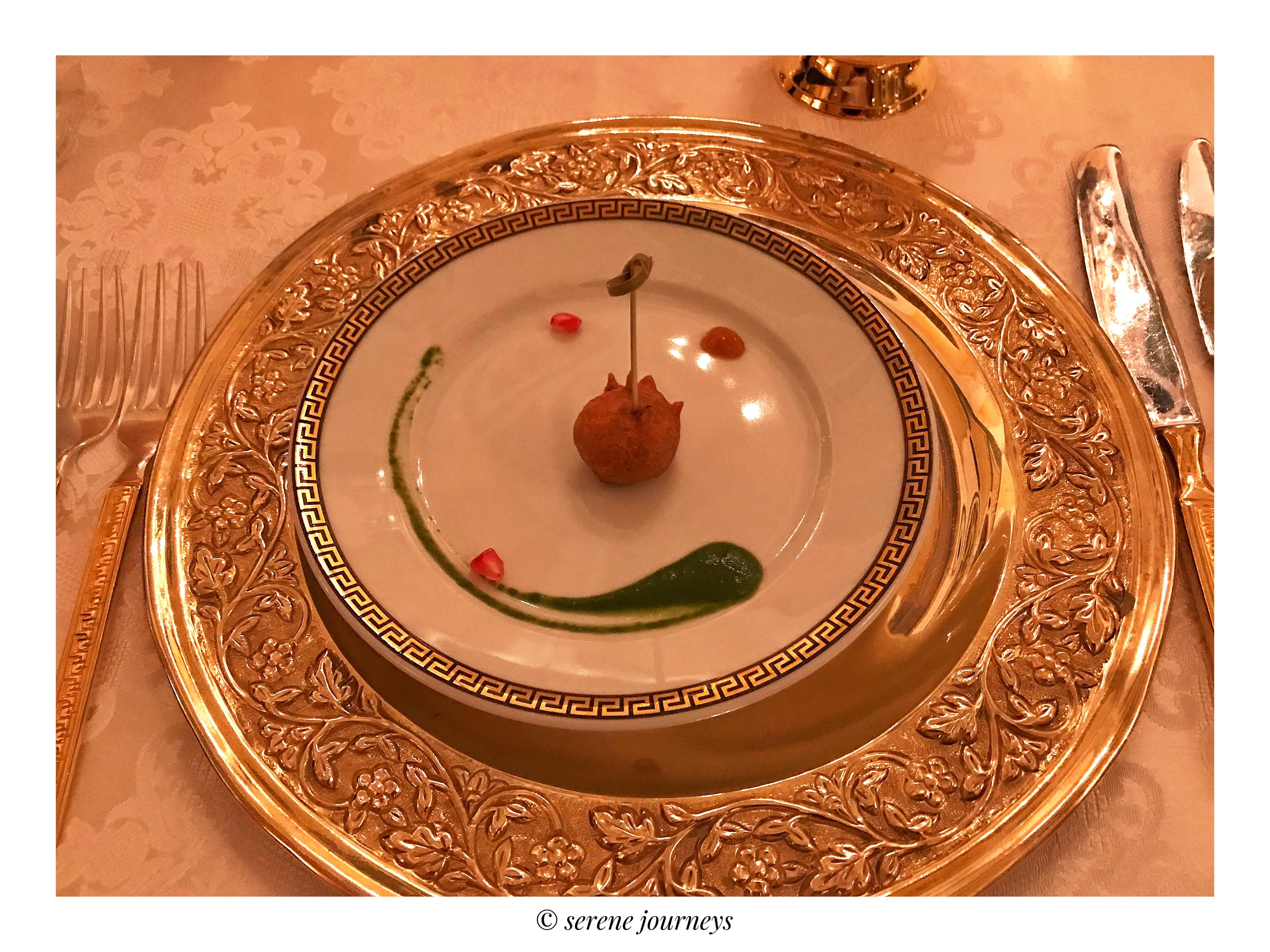

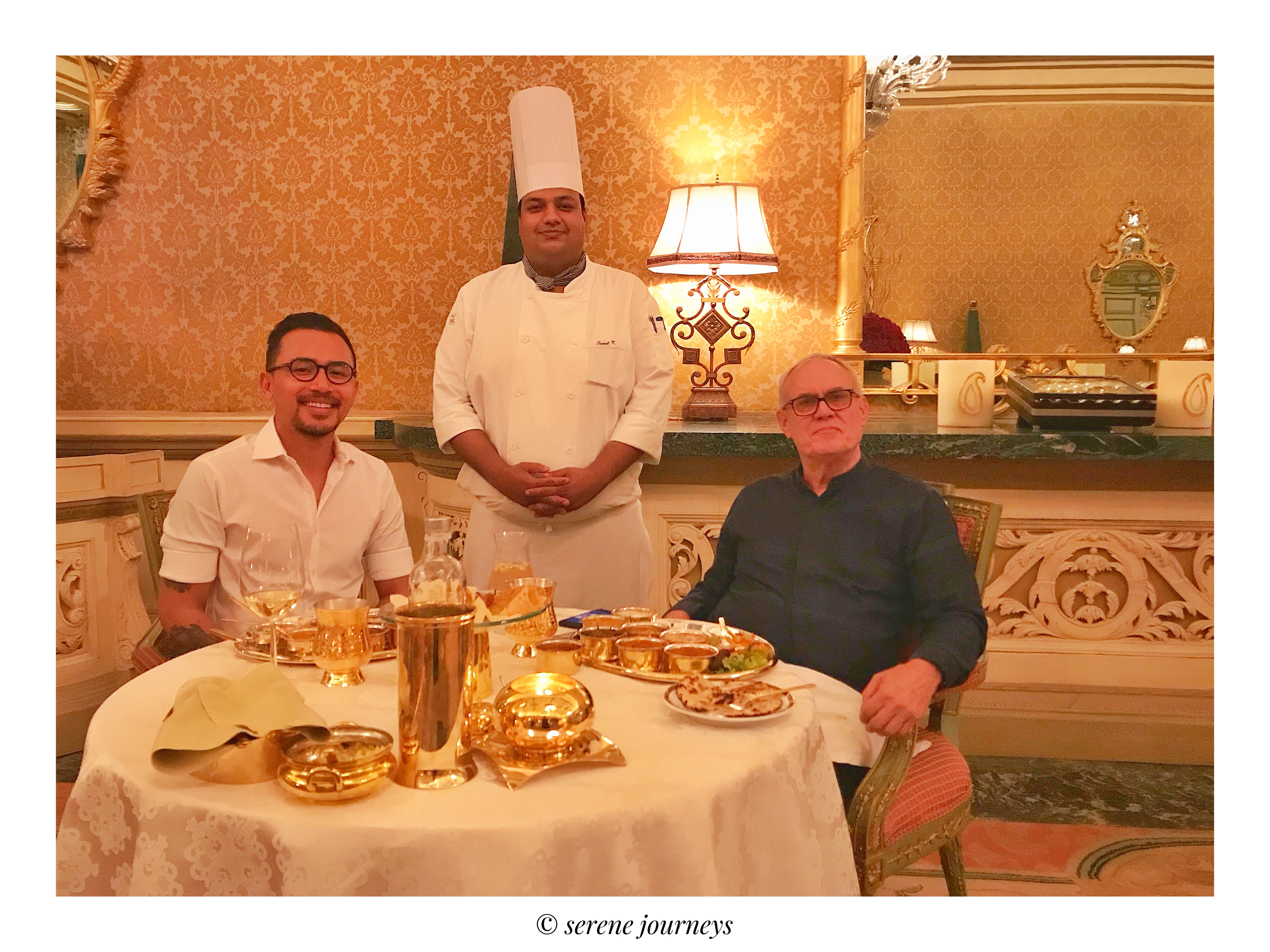
So when visiting India’s Golden Triangle be sure to include Jaipur along the way. Walk in the steps of the Maharaja’s, enjoy the colorful desert lifestyle, sample the local cuisine, and shop til you drop.
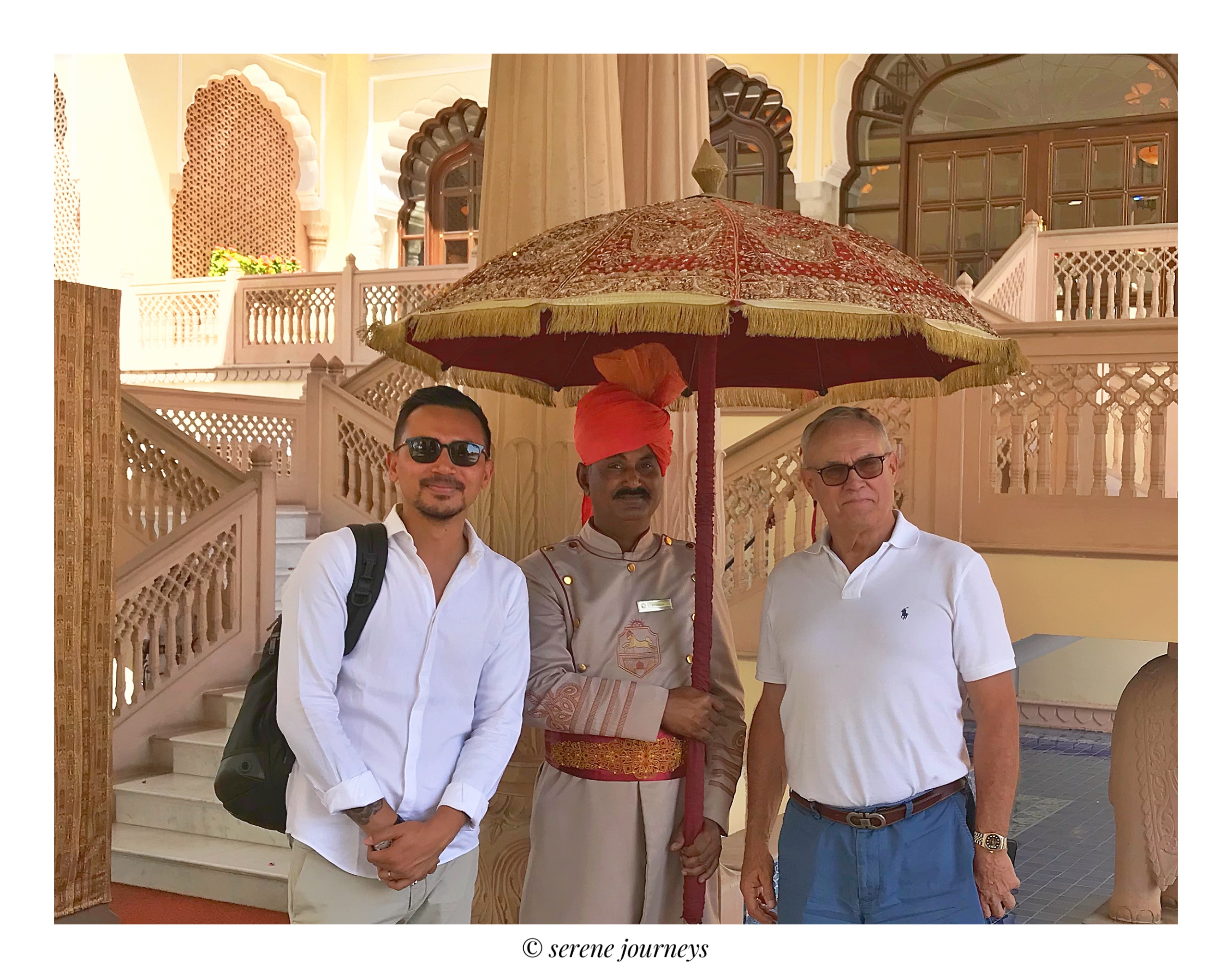
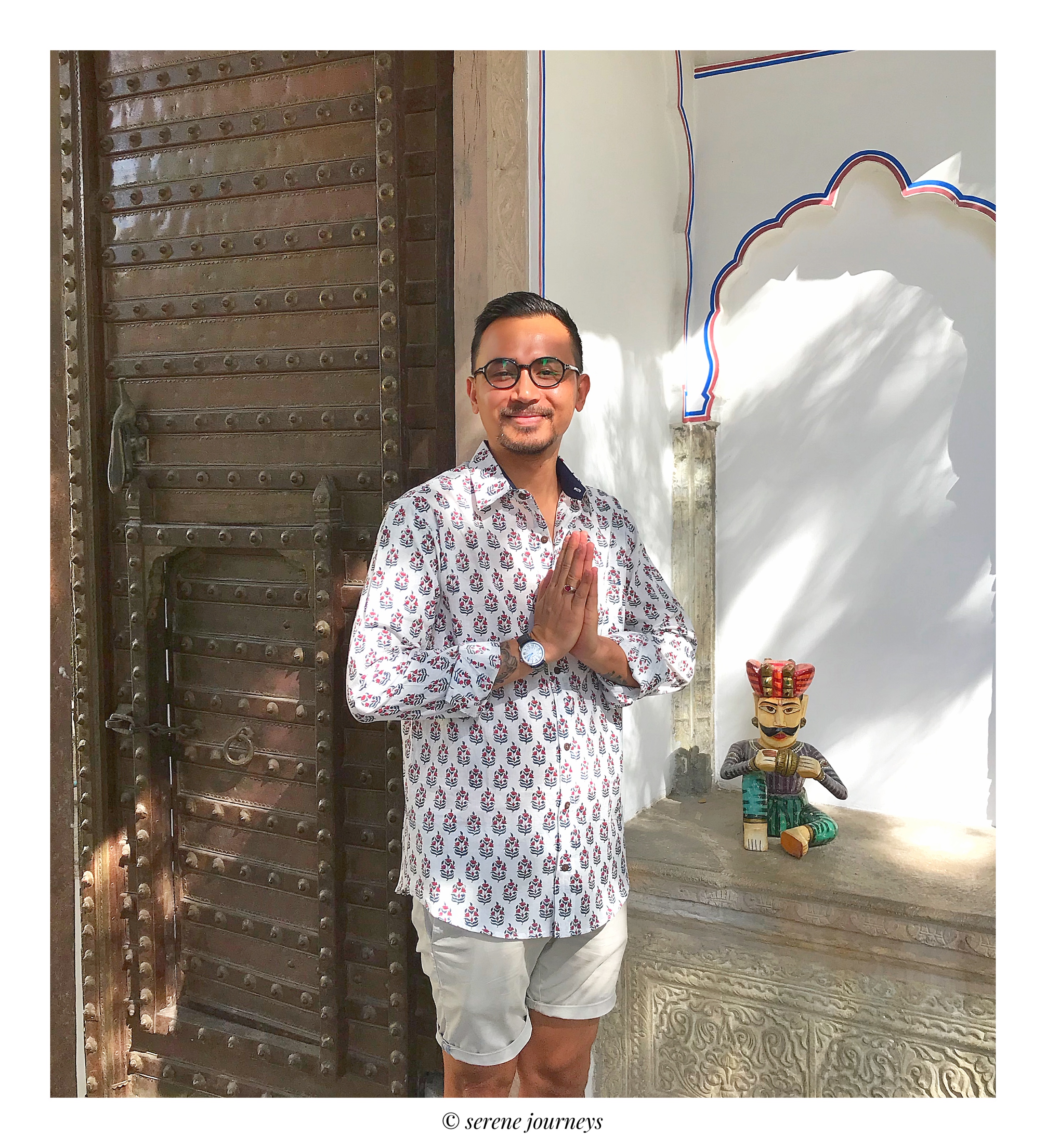
Puppet shows & cultural Rajasthani folk music are highlights of the evening at almost all hotels. Partcipate, and be part of the culture & you will truly enjoy your holiday.
[wpvideo m55GWtXY]
Robindro Saikhom
robin@serenejourneys.co
www.serenejourneys.co
Robin is the founder of Serene Journeys, a gay travel company in India and a freelance travel photographer. Follow him on Instagram @ serenejourneys or Facebook @ Serene Journeys.


